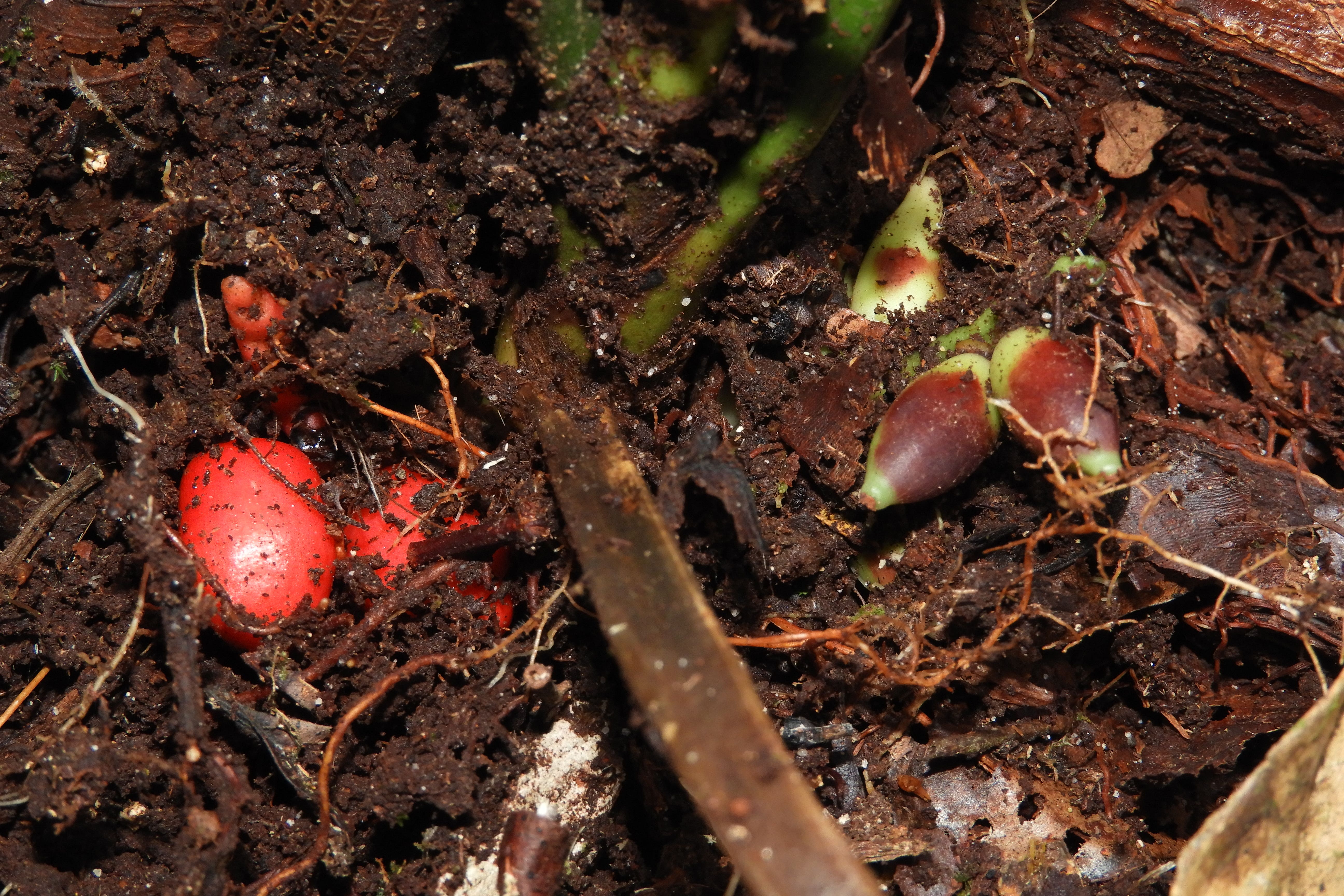New rare palm species found to flower underground
Discovered by researchers at the Royal Botanic Gardens, Kew and partners, scientists have named the new to science species Pinanga subterranea.

Your support helps us to tell the story
From reproductive rights to climate change to Big Tech, The Independent is on the ground when the story is developing. Whether it's investigating the financials of Elon Musk's pro-Trump PAC or producing our latest documentary, 'The A Word', which shines a light on the American women fighting for reproductive rights, we know how important it is to parse out the facts from the messaging.
At such a critical moment in US history, we need reporters on the ground. Your donation allows us to keep sending journalists to speak to both sides of the story.
The Independent is trusted by Americans across the entire political spectrum. And unlike many other quality news outlets, we choose not to lock Americans out of our reporting and analysis with paywalls. We believe quality journalism should be available to everyone, paid for by those who can afford it.
Your support makes all the difference.Researchers have discovered a rare palm species found to flower underground.
Discovered by researchers at the Royal Botanic Gardens (RBG), Kew and partners, scientists have named the new-to-science species Pinanga subterranea, with its name coming from the Latin word for underground.
The plant is well-known to locals native to the tropical island of Borneo in Southeast Asia, who like to snack on its bright-red, sweet and juicy fruit.
I have been studying palms for 30 years and am amazed at how they continue to surprise us
However, until now, the plant has remained unnoticed by scientists who, to date, have described around 300 different species of palm on the island.
Dr William Baker, senior research leader at Tree of Life at RBG Kew, said: “I have been studying palms for 30 years and am amazed at how they continue to surprise us.
“This unexpected find poses many more questions than it answers. What is pollinating the palm? How does the pollinator find the flowers underground?
“How did this phenomenon evolve and what on Earth will palms surprise us with next?”
Pinanga subterranea joins more than 2,500 species of palm known to science, up to half of which may be threatened with extinction.
The palm can be found scattered across the primary rainforests of western Borneo, crossing state lines from Sarawak in Malaysia to Kalimantan in Indonesia.
Prior to its scientific description, the plant was known in at least three Bornean languages under the names of: Pinang Tanah, Pinang Pipit, Muring Pelandok, and Tudong Pelandok.
Without the tip-off from our Malaysian colleague Dr Paul Chai, we probably would have mistaken this exciting new species for an unremarkable palm seedling and would have walked right past it
Despite being well-known to Borneo’s indigenous people, P. subterranea has been entirely overlooked by the scientific community – highlighting the need to collaborate more closely with indigenous communities.
The researchers were first alerted to the plant’s presence by study co-author Dr Paul Chai, a Malaysian botanist and namesake of the palm species Pinanga chaiana.
He first encountered the palm in 1997 while he was brushing aside the thick leaf litter surrounding a young palm to take a better picture of it.
He noticed the fruit that had been revealed. There were several plants but only one with fruits.
In 2018, Kew scientists Benedikt Kuhnhauser, Peter Petoe and William Baker revisited Lanjak Entimau Wildlife Sanctuary and collected several specimens of the palm for scientific research.
It truly is a once-in-a-lifetime discovery
Dr Kuhnhauser, future leader fellow at RBG Kew, said: “Without the tip-off from our Malaysian colleague Dr Paul Chai, we probably would have mistaken this exciting new species for an unremarkable palm seedling and would have walked right past it.
“Instead, we have scientifically described an incredibly rare case of geoflory, that is underground flowering, and the very first known example of its kind in the entire palm family. It truly is a once-in-a-lifetime discovery.”
Most lowering plants have evolved to develop their flowers and fruit above ground, which helps to facilitate pollination and the dispersal of seeds.
However, there is a small subset of plants that has evolved to flower and fruit underground – observed in 171 species across 89 genera and 33 plant families.
The study is published in the journal PALMS – the Journal of the International Palm Society.